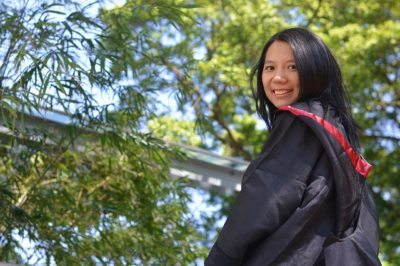 Much of the data you will find on the National Center for Educational Statistics (NCES) website (www.nces.ed.gov) is related to public schools. It makes sense because a majority of students do attend public schools and those schools are required to gather and report a lot of information. Still, NCES does collect a significant amount of information about non-public schools.
Much of the data you will find on the National Center for Educational Statistics (NCES) website (www.nces.ed.gov) is related to public schools. It makes sense because a majority of students do attend public schools and those schools are required to gather and report a lot of information. Still, NCES does collect a significant amount of information about non-public schools.
NCES’s “Characteristics of Private Schools in the United States” study provides a look at data from the 2013-14 Private School Universe Survey, which is conducted every two years to gather information about the schools that approximately 10 percent of elementary and secondary students attend. This report provides a tremendous amount of information, such as the number, type and religious affiliation of private schools, enrollment and programs.
The report shows that there were 33,619 private schools in 2013-14, serving 4.6 million students. The majority of these schools—about 69 percent—had a religious affiliation and 68 percent were located either in cities or suburbs.
The new report also provides a look at the percent of seniors who graduate and the subsequent postsecondary enrollment of students in private schools and breaks that information down by a number of categories. In 2012-13, slightly more than a quarter of private schools had students in 12th grade, and the graduation rate at those schools was 97 percent. The graduation rate was highest (99 percent) in schools with 750 or more students and lowest (83 percent) in schools with fewer than 50 students.
Of 2012-13 private school graduates, 65 percent attended a four-year college by fall 2013, but there was wide variance in that rate by school type and location. For instance, 85 percent of graduates who attended Catholic schools enrolled in college by fall 2013, while the percentage was lower for students who attended other religious private schools (63 percent) and nonsectarian schools (56 percent). The four-year college enrollment rate was higher in schools that were located in the city (69 percent) and suburbs (66 percent).
Dana Tofig is the communications director at Institute of Education Sciences. Visit www.nces.ed.gov/blogs for the full version of this article, which includes homeschooling statistics.


















